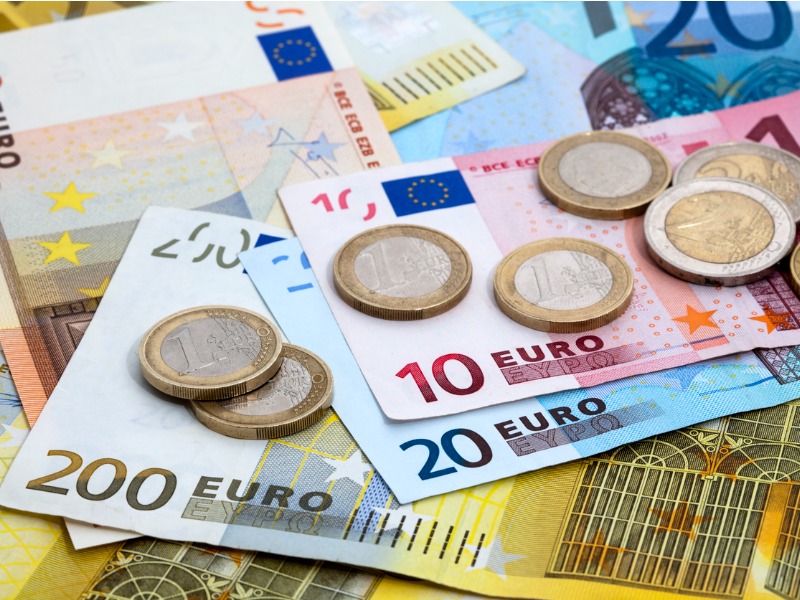
Europe’s painful inflation has inched higher, extending the squeeze on households and keeping pressure on the European Central Bank to unleash what could be another large interest rate increase.
Consumer prices in the 20 countries using the euro currency jumped 7% in April from a year earlier, just up from the annual rate of 6.9% in March, the European Union statistics agency Eurostat said Tuesday.
Food price inflation eased a little, falling to an annual rate of 13.6% from March’s 15.5%, while energy prices rose a more modest 2.5%.
Core inflation, which excludes volatile food and fuel, slowed slightly but was still high at 5.6%, underlining the expectation that the ECB will press ahead with its campaign to beat inflation into submission with rate hikes. The question is: How quickly will the bank go?
Analysts say the ECB’s meeting Thursday in Frankfurt could end in a quarter- or half-percentage point boost. A smaller hike would be a moderation in the bank’s series of rapid increases, while a larger bump would underline concern that inflation is still not heading back toward the goal of 2% considered best for the economy.
Andrew Kenningham, chief Europe economist at Capital Economics, said the strong core inflation figure left the rate choice “finely balanced.”
“Our hunch is that the Bank will pull a hawkish surprise” and decide on a half-point increase, he said in a research note.
While the slight fall in food inflation is good news, economists say that is partly a statistical quirk, due to the fact that lower figures from before the current outbreak of inflation have aged out of the annual comparison. The same is true for energy costs.
This bout of inflation was initially spurred by high energy prices tied to Russia’s invasion of Ukraine: Moscow cut off most of its natural gas supplies to Europe, and there were fears that the war would take large amounts of oil off the market.
Rebounding demand after the worst of the Covid-19 pandemic and problems with supplies of parts and raw materials also played a role. But since then, the factors driving inflation have spread from energy to food and workers have begun demanding higher wages to compensate for their diminished spending power.
The concern for the ECB this week is core inflation, considered a better measure of price pressures in the economy from demand for goods and higher wages than the overall figure.
Economists at UniCredit and Deutsche Bank said a quarter-point hike by the ECB was more likely.
Rate increases are central banks’ chief tool against inflation. Higher rates increase the cost of credit for consumer spending or business investment, and so they cool off the demand for goods.
But the rapid course of monetary tightening by both the ECB and the U.S. Federal Reserve has raised concerns about the impact on economic growth. The U.S. is still stalked by fears of a recession, while the European economy barely scraped out growth in the first three months of the year.
On top of that, turmoil in the U.S. banking system has complicated interest rate decisions. The U.S. government seized First Republic Bank and engineered its sale to JPMorgan Chase on Monday, the third bank collapse in recent months — following Silicon Valley Bank and First Republic Bank.
Those failures have raised concerns about the impact of rapidly rising interest rates on banks that may have failed to anticipate those changes and suffered losses. Increased scrutiny could make banks more reluctant to risk lending to people and businesses, further tightening credit as central banks hike rates.
The ECB, however, went ahead with a half-point increase in March, just days after Silicon Valley Bank went under and the financial uncertainty enveloped long-troubled Swiss lender Credit Suisse, leading to its government-orchestrated takeover by rival UBS.
European Union banking and finance officials say the direct impact of the U.S. banking troubles is minimal.
The Fed faces a decision Wednesday in the wake of the renewed banking upheaval. Analysts say it could raise rates by a quarter-point, possibly bringing its series of increases to an end.